Outside the Vines: Restaurants Ripen Interest
An edibles explosion hasn’t just captivated backyard gardeners looking to grow a few fruits or vegetables alongside ornamentals. Consumers want their favorite local businesses to have the passion and transparency that come with “growing your own.”
Some restaurants, such as Haven in Houston, Texas, found their niche, and more eateries are realizing the opportunity for gardening success.
“For a while, we were the lone man out there growing on the side of the restaurant, and now you’re seeing it more and more because it works,” says Haven’s Randy Evans, executive chef and partner. “Customers really dig it and have opened up to the idea of looking into the garden and wanting to see what you’re doing.”
Haven has a large 70-by-4-foot bed running the length of the building, along with two 6-by-8-foot beds out in the center of the parking lot where there’s green space and a three-tier bed of herbs at the front door. Coupled with numerous fruit trees, lots of edible flowers and a beehive that provided 130 pounds of honey last year, Haven can produce a good portion of what it serves.
People Want to Know
Sustainable food, including regional, local and on-site food production, is a large category in Green Restaurant Association (GRA) certification. Although the certification, which Haven holds, includes other environmental categories, the sheer numbers speak volumes to a growing trend.
“Eight years ago we probably had 100 to 200 certified restaurants around the country, and now we have about 1,100 restaurants we are working with,” says Michael Oshman, founder and CEO of the GRA. “There’s definitely more restaurants doing on-site [production].”
Evans started taking gardening classes in Houston and knew before building the restaurant from the ground up meaning he had the space to work with that an on-site garden made perfect sense. What he didn’t realize was how much of an educational tool it would be for his customers, his staff and himself.
“Obviously we can’t supply the whole restaurant on a 70-foot bed, but it’s more about understanding where things come from and having a respect for the product,” Evans says.
Cooks, waiters and dishwashers all got involved, and customers learned a whole different component of living in Houston.
“Customers didn’t know our seasons here; all they knew were the seasons at the grocery store,” Evans said. “Whenever they saw a sign that said ‘Fresh Strawberries,’ it was summertime, but in Texas strawberries are done by June 1.”
Evans says the gardens allow them to play in the kitchen. They can harvest something as soon as it’s ready and run it as a special.
Have a Story
Not everything can come from on-site production, but customers often find these restaurants more invested in buying locally for its other food as well.
“Restaurant people always think about being in the hospitality business and taking care of our customers that dine there,” Evans says. “But we need to think about our customer in the back of the house, meaning our suppliers, our farmers, our ranchers and our fishermen.”
Currently 95 percent of Haven’s product comes from Texas or southern Louisiana, according to Evans. These are the stories he wants to share. He even looked to one of his local farmers who had logs from cedar trees on the property to create his raised beds.
Sharing the story of local and on-site food production seems to feed the enthusiasm. Evans teaches a fourth-grade cooking class in the city (raised-bed production included) and often hosts Girl Scout and Boy Scout Troops at the restaurant.
“It’s amazing what people will eat when they plant it or see where it comes from,” he says. “The last Girl Scout Troop I had picked radishes and lettuces and made a salad and a vinaigrette.”
The community is really a part of the restaurant. Sometimes Evans lets people take clippings, while other times it’s a simple walkthrough that really gets them excited.
What gets your customers excited? Has the “grow your own” movement spilled into your store? Could you offer services for the increasing number of restaurants looking to grow?
The most important component is getting customers to ask questions, just like restaurant-goers do when they walk through the doors of Haven.

Has the “grow your own” movement spilled into your store? Could you offer services for the increasing number of restaurants looking to grow?


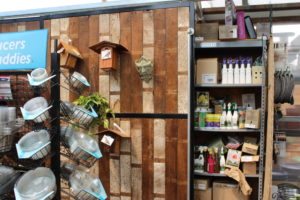

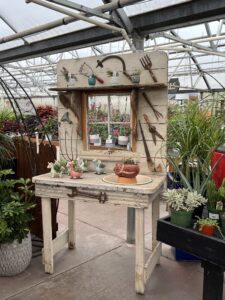
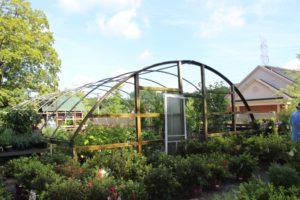
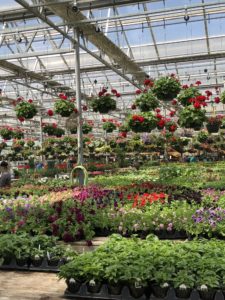
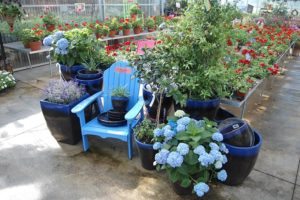
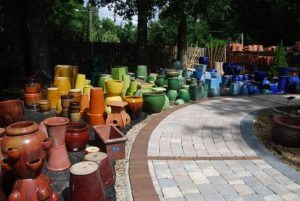
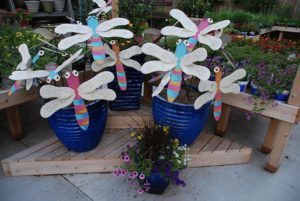
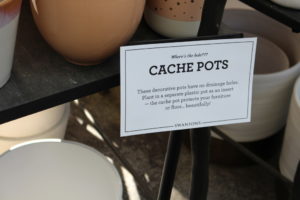
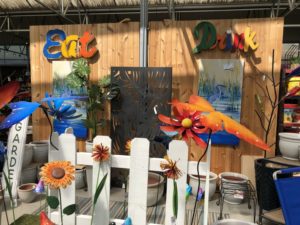
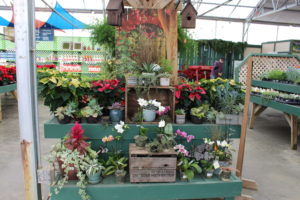

 Videos
Videos





